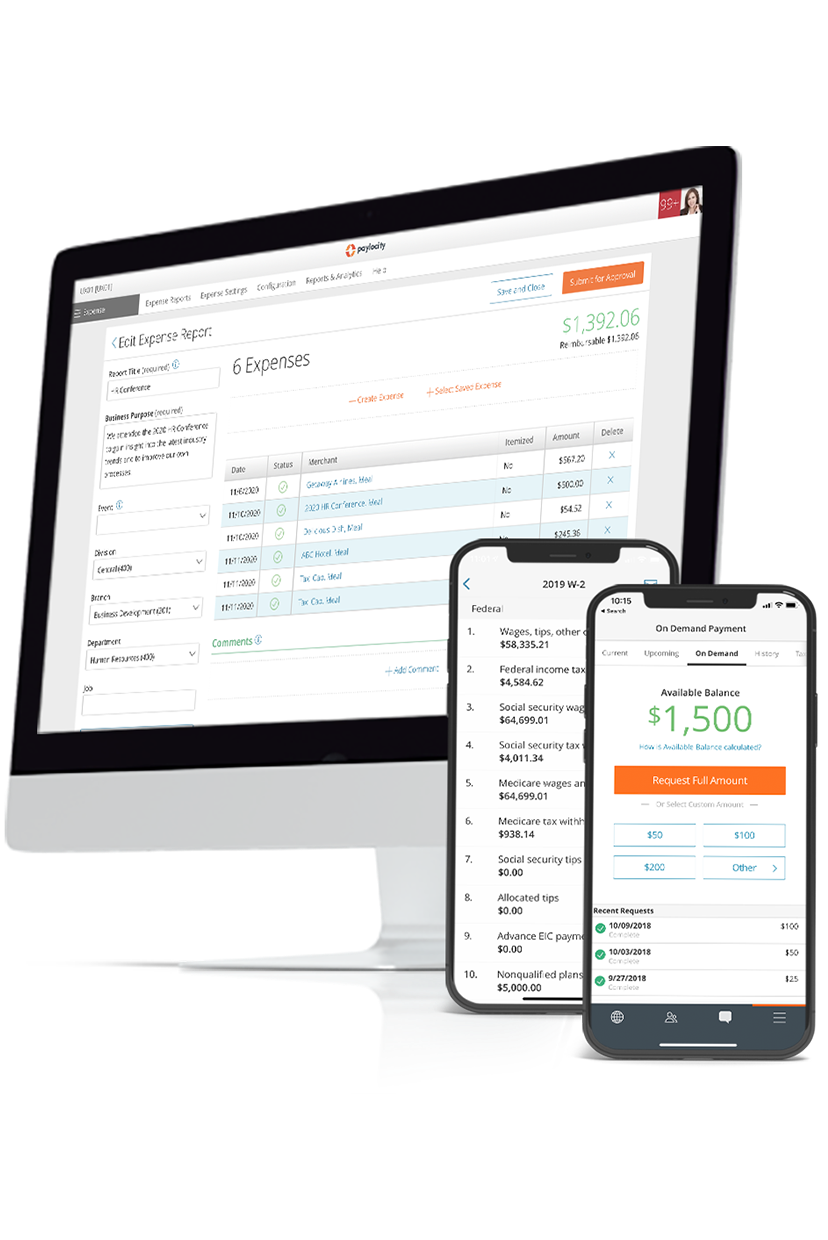Rule of 40
Summary Definition: A financial metric suggesting a Software as a Service (SaaS) organization’s combined revenue growth rate and profit margin should equal or exceed 40% to demonstrate financial health to potential investors.
What is the Rule of 40?
The Rule of 40 is a financial benchmark used to assess the performance and sustainability of fast-growing Software-as-a-Service (SaaS) companies.
It stipulates a SaaS company's combined revenue growth rate and profit margin—typically measured using EBITDA (Earnings Before Interest, Taxes, Depreciation, and Amortization)—should total at least 40%. EBITDA is a standard metric in the SaaS industry, serving as a proxy for a business' cash flow.
Popularized by venture capitalist Brad Feld, the rule argues that early-stage SaaS businesses, even when barely profitable or operating at a loss, can still achieve strong valuations if their revenue growth offsets their operating costs.
Thus, the rule helps investors manage risk while guiding companies toward sustainable, long-term success by avoiding the mistake of focusing solely on growth at the expense of cost efficiency.
Key Takeaways
- The Rule of 40 is a financial benchmark used to evaluate the health and investment potential of Software as a Service (SaaS) companies.
- This metric helps investors and leaders assess whether the company maintains an appropriate tradeoff between aggressive growth and operational profitability.
- Generally, companies should calculate their Rule of 40 percent after reaching $1 million in monthly recurring revenue (MRR) and establishing core departments, such as sales, marketing, and customer support.
Why is the Rule of 40 Important?
The Rule of 40 prevents an overreliance on company growth that ignores operational efficiency. Many SaaS companies, particularly in the early stages, face a strategic decision between aggressively pursuing market share and focusing on profitability.
By combining growth rates with profit margins, this metric provides a simple way of evaluating the tradeoff between growth and profitability and how a company balances the two.
If, for example, a company invests heavily in customer acquisition, resulting in reduced profit margins, the Rule of 40 helps determine how much revenue growth is necessary to offset that investment.
How to Calculate the Rule of 40
The Rule of 40 formula is simple and requires two key inputs: growth rate and EBITDA.
- Growth input: Use either recurring revenue growth or total revenue growth, unless subscription revenue makes up 80% or more of the total revenue. In such cases, recurring revenue growth is more relevant, because growing it should be the organization’s main focus. Although, other revenue streams, like professional services, might support this by ensuring customer success and retention.
- Profit input: Typically, EBITDA margins are preferred, because they remove the effects of different capital structures, tax treatments, and accounting practices to offer a more standardized measure of operational cash flow.
Rule of 40 Formula
Rule of 40 = Revenue Growth Rate ÷ EBITDA Margin
For instance, if the revenue growth rate is 20% and the profit margin is 20%, the Rule of 40 is 40%. If, however, a company has a revenue growth rate of 15% and an EBITDA margin of 20%, its Rule of 40 is 35%.
To be considered “attractive” by investors, companies need to boost either growth or profit to reach a combined total of 40% or higher.
When to Measure the Rule of 40
This rule is most appropriate for companies past the early startup stage, as newer businesses should instead focus on product-market fit, go-to-market strategy, and cash flow.
Feld suggests this measurement becomes most relevant when a company achieves $1 million in monthly recurring revenue (MRR), but can also be considered after a SaaS company develops most of its key functional departments (e.g., support services, marketing, sales, etc.). With those departments in place, focus naturally shifts toward metrics like EBITDA, operating leverage, and gross margins, making the Rule of 40 a straightforward extension of monthly reporting.
Waiting until these conditions are met to apply the rule provides a clearer, more comprehensive measure of the costs required to sustain growth rates. It’s important, however, not to overlook other crucial SaaS metrics, such as the Customer Acquisition Cost (CAC) Payback Period.
Related Glossary Terms

Save Time with Stress-Free Payroll Solutions
Payroll doesn’t have to be complicated, but it does have to be right. Stay compliant, collect employee data, and streamline tax filing – all while putting time back in your day with our automated payroll software. With the assurance of an error-free workflow, you can get back to what matters most – your people. Learn how our modern solutions get you out of the tactical and back to focusing on the bigger picture.